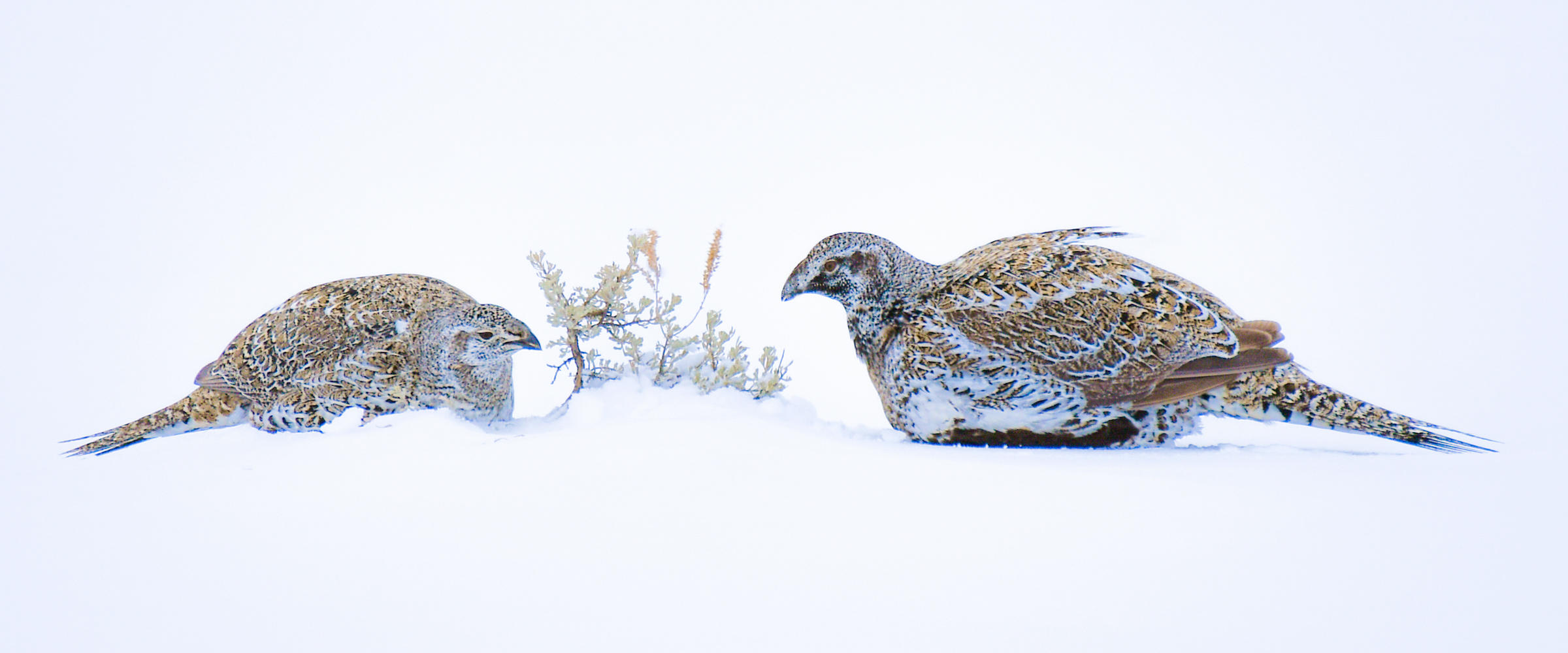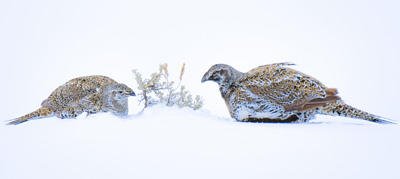On March 15, the Bureau of Land Management (BLM) released Records of Decision that shatter the 2015 land use plans for Greater Sage-Grouse. The new plans drastically change how sage-grouse habitat is managed on public lands and undermine years of collaborative conservation, but what do they actually do?
1. They significantly reduce protections on more than 51 million acres of designated sage-grouse habitat in Colorado, Wyoming, Utah, Idaho, Nevada, northeastern California, and Oregon. Sagebrush Focal Areas—the most important habitat for the long-term survival and recovery of Greater Sage-Grouse—are reduced by more than 80 percent and eliminated in all states but Montana and Oregon. Priority Habitat Management Areas—which provide the strongest remaining protections—have been significantly undermined by the uncertainty as to whether protective management will actually be applied.
2. Compensatory mitigation is now optional. This concept—which required industry to compensate for impacts they've caused by replacing or providing substitute habitat at a different location—was one of the pillars of the US Fish and Wildlife Service’s 2015 determination that an Endangered Species Act listing for sage-grouse was “not warranted.” Now, mitigation will depend entirely on the willingness of industry to commit to mitigation and states to enforce it on federal public lands.
3. The plans eliminate the requirement to prioritize leasing outside of key sage-grouse habitat in Utah and parts of Wyoming. In addition, they make it easier for oil and gas development to avoid following protections within key habitat. In Colorado, the plans also opened hundreds of thousands of acres of new habitat to leasing with even more loopholes to avoid protections.

Audubon is not opposed to oil and gas development as a whole, but we believe that the BLM should respect the large body of science that recommends restricting oil and gas development in the most important sage-grouse habitat. Unfortunately, the protections in the BLM’s new plans poorly address the greatest threats to sage-grouse, are less likely to be applied, and do not work together across sage-grouse’s range.
These new plans dramatically reduce the regulatory certainty provided by the 2015 plans and call into question whether the sage-grouse and 350 other species that depend on sagebrush habitat can survive.
It’s not over
Western governors are now sage-grouse’s best hope. Thank you to everyone who signed our petition asking the governors of Wyoming, Colorado, Idaho, and Nevada to hold the BLM accountable. We'll be delivering it to them soon.







